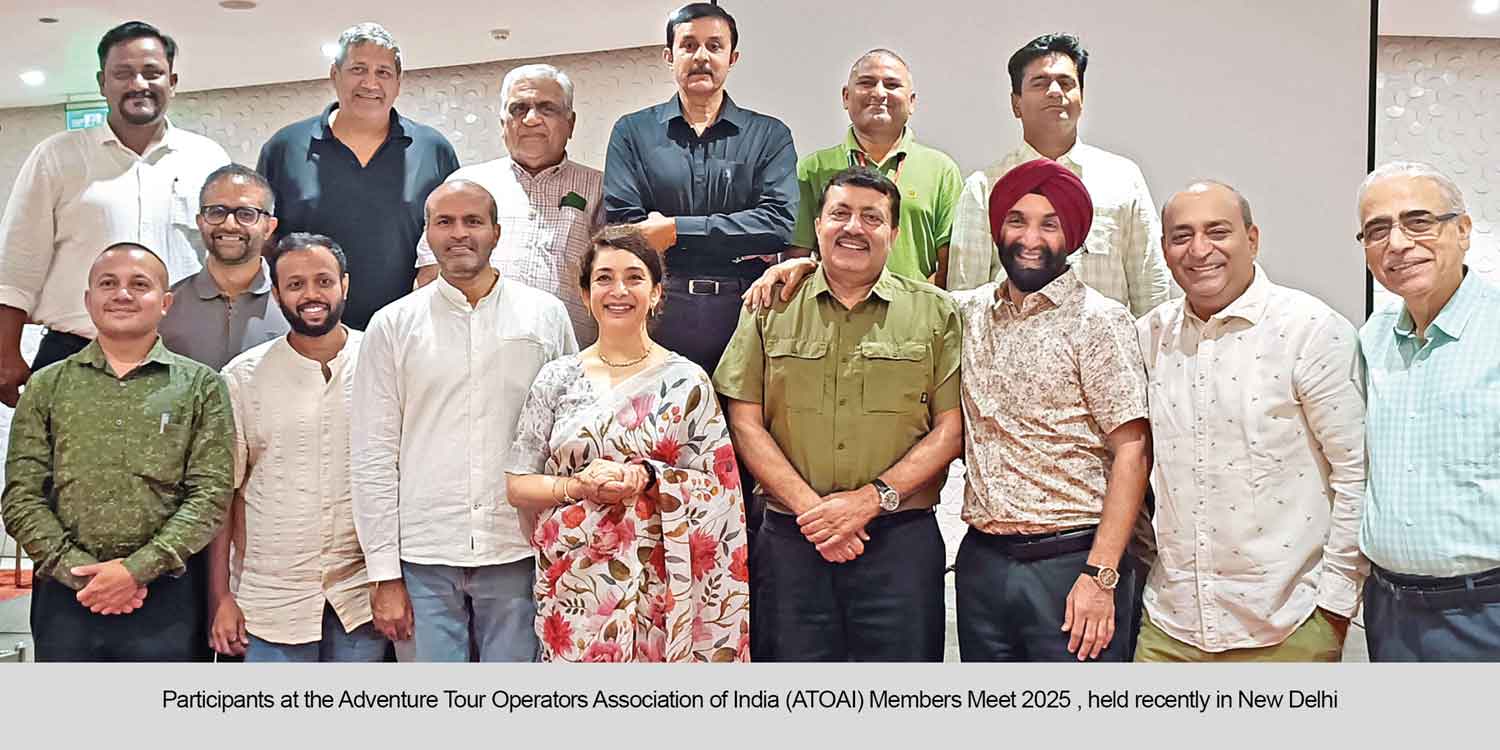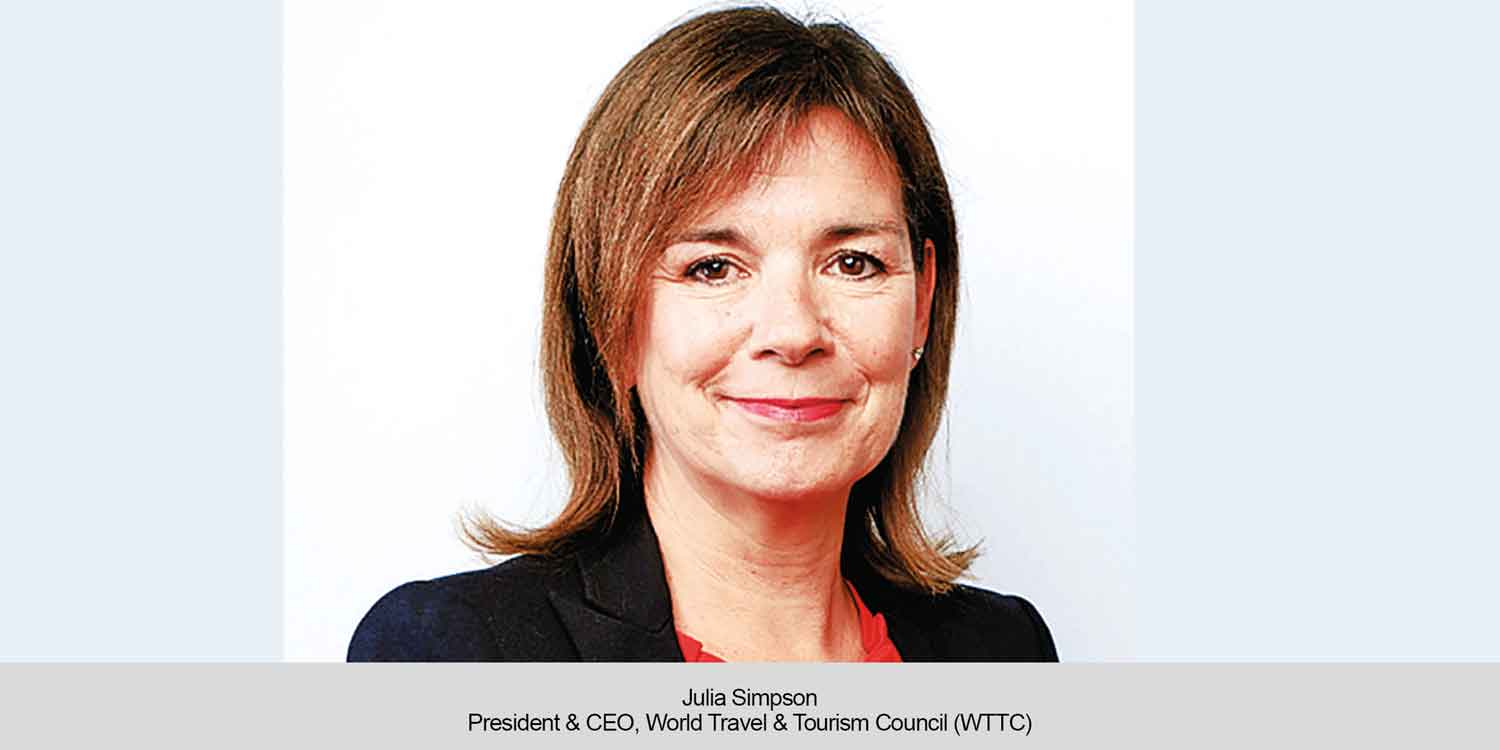According to a PATA study, by the end of 2023, international visitor arrivals into and across APAC could return to 96 per cent of the volume of foreign arrivals received in 2019, albeit under a mild scenario.
PATA’s report titled ‘Asia Pacific Visitor Forecasts 2021-2023’ presents three growth prospects for international visitors into and across 39 Asia Pacific destinations, covering mild, medium and severe scenarios. By the end of 2023, international visitor arrivals (IVAs) into and across the Asia Pacific region could return to 96 per cent of the volume of foreign arrivals received in 2019, at least under a mild scenario. The less fortuitous medium and severe scenarios, however, could see those proportions reach just 74 per cent and 49 per cent, respectively, at that time.
Mild scenario
Of immediate concern, for all of the Asia Pacific destination sub-regions under each of the scenarios, 2021 is likely to be another difficult year for international travel movements. Any growth is likely to be extremely uneven, and for some sub-regions may be further below the levels of 2019 and even those of 2020. South Asia, in particular, under this mild scenario, is expected to lose even more IVAs with its relative proportion to 2019, falling to around 14 per cent in 2021, before rebounding strongly in 2022 and 2023.
Medium scenario
Under the medium scenario, more destination sub-regions are expected to fall into further decline in 2021 relative to 2019, before turning to some tentative recovery in 2022 and 2023.
Severe scenario
Furthermore, 2021 is anticipated to be remarkably challenging under the severe scenario. South Asia, in particular, under the severe scenario, is expected to lose a considerable number of IVAs with its relative proportion to 2019, falling to less than two per cent in 2021.
Mario Hardy, CEO, PATA, says, “Calendar year 2021 is likely to be difficult for most destinations, with almost 40 per cent of the 39 destinations covered in these forecasts falling even further from the low point of arrival numbers in 2020, even under the mild scenario. In the case of the medium scenario, that proportion is likely to increase to 85 per cent, while under the severe scenario, it could well be the case for all 39 destinations. Clearly, a further round of belt-tightening will be needed in the international sector, with more innovation being required in developing what is available in the domestic sector.”
According to Hardy, though vaccines are becoming more freely available and inoculations are proceeding rapidly, the first results are very encouraging, but their effectiveness over a wider proportion of the population has yet to be fully demonstrated. “It is likely that travellers in the future will have to carry proof of inoculation and being COVID-19 free, something that is already trialling. Whatever the outcome, travel will never be the same again,” he says.
 TravTalk India Online Magazine
TravTalk India Online Magazine







